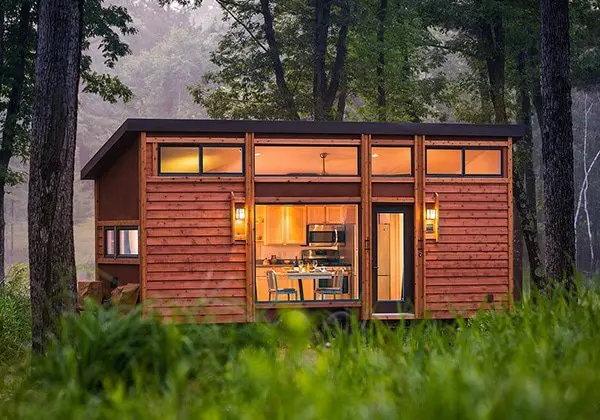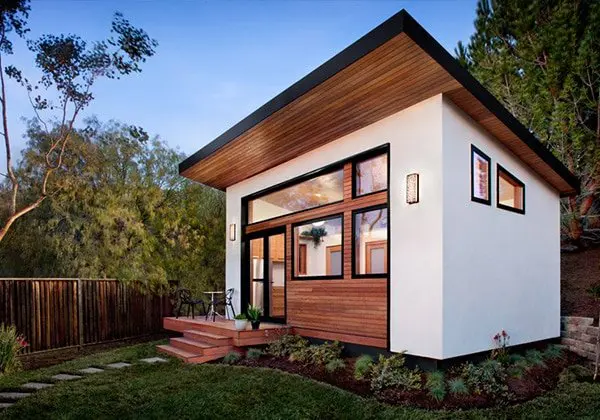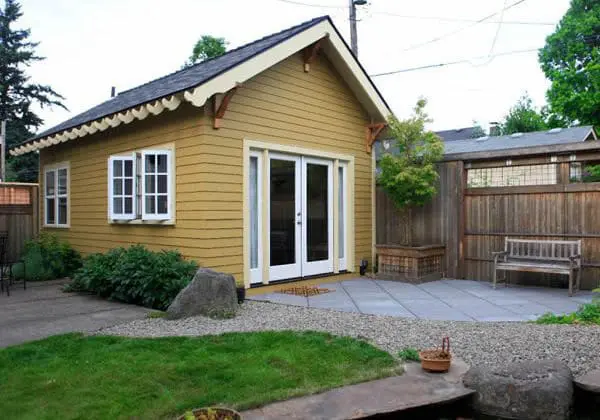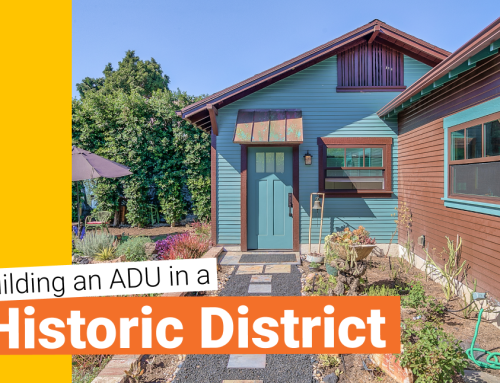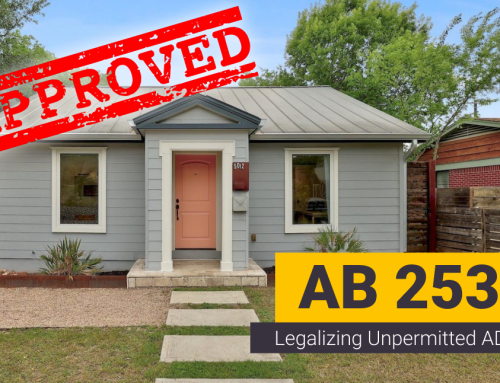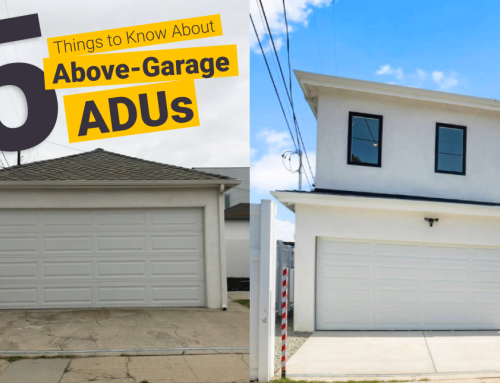The timeline, legality, and permitting fees vary dramatically between a granny flat vs tiny home. Let’s clear up the confusion, dive-in and learn about these two types of structures: Granny Flats vs. Tiny Homes.
Granny Flat, In-law Suite, Accessory Dwelling Unit:
Accessory Dwelling Unit (or Companion Unit in San Diego) is the official term used by architects and city planners but is synonymous with granny flats, in-law suites, backyard cottages, and casitas. These units include a kitchen, bathroom, and living space as well as their own entrance. They can take a few structural forms. The most common forms being:
- Stand-alone unit
- Garage conversion or over the garage build
- Basement or attic conversion
- Sectioning of a part of the existing house
They are a permanent structure and have all the same functions as a house. They exist on a single-family lot that already has a house on it.
Each jurisdiction will most likely have passed its own ordinance outlining the regulations for these units. If not, you’ll follow the state law. The local ordinance will include specific regulations on things like:
- Parking
- Maximum unit size
- Setbacks
- Lot coverage
- Whether it can be rented as a short-term rental (Airbnb)
- Whether owner occupancy is required
Although these units are more difficult and expensive to get permitted because since you’re essentially building a second house on your property, there’s a big reward to be gained by building one. They can be rented or house a family member.
Tiny Homes:
Some tiny homes are accessory dwelling units, but not all accessory dwelling units are tiny homes. Tiny homes are 400 square feet or less. There are two types of tiny homes:
- Tiny homes that are mobile and built on a moveable trailer, legally considered a recreational vehicle (RV)
- Tiny homes that have a foundation and are not mobile. These can qualify as ADUs.
So that’s the difference? Whether your tiny home has wheels or not has a huge influence on where you can live.
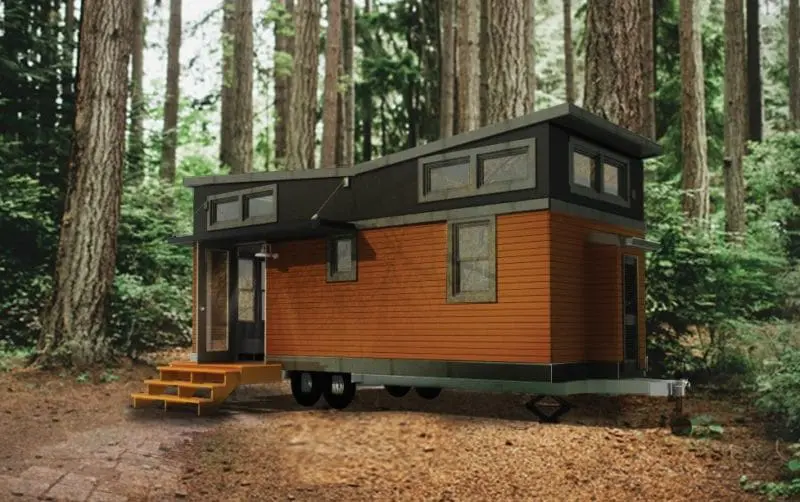
Tiny Homes on Wheels:
If your tiny house has wheels it falls under recreational vehicle code, which means it’s technically classified as an RV and is illegal in 99% of residential properties.
SAY WHAT? Yes. HGTV has done tiny home aficionados a huge disservice making it seem like for $40,000 you can live the minimalist life of your dreams on Venice Beach.
There are also strict regulations on where you can park a tiny home and many local ordinances prohibit people from taking up permanent residence in RVs. Therefore, you end up with an illegal home. There are some exceptions, but in general, an RV is not a tiny house and can’t be substituted for one.
Permanent Tiny Homes:
Minimum building requirements prevent people from buying a plot of land and building a tiny home on it. So your options are restricted to building one on a lot with an existing single-family home. This secondary unit is called an accessory dwelling unit.
Tiny homes built on foundations can qualify to be an accessory dwelling unit if they meet minimum square footage requirements. For example, to be a legal accessory dwelling unit in California, your tiny home must be at least 150 square feet. However, local jurisdictions can pass an ordinance requiring them to be larger than that.
Building Codes vs. Zoning Codes
A building code tells you how to build your house. These are predominantly created with public health and safety in mind. For example, the city might require you to install fire-rated drywall to protect your house and your neighbor’s house from burning down in the event of the fire. Zoning codes tell you where you’re allowed to build a home. This specifies which areas are residential, multi-family, commercial, etc.
Plan, hire, and manage your ADU project with Maxable.
At Maxable, we believe that building an ADU should be fun and exciting. You shouldn’t have to be the one to deal with confusing obstacles like permitting snafus or ever-changing regulations. We’ll be by your side every step of the way and connect you to experienced designers and general contractors in your area to make sure your project goes as smoothly as possible.
Leave the headaches to us! Check your address and see what Maxable can do for your home during a free ADU Planning Call.

